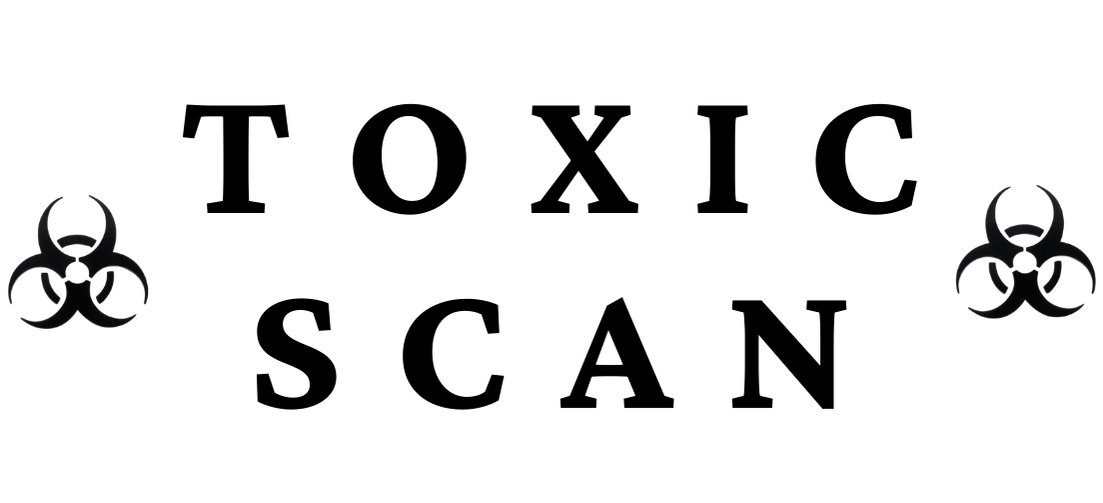E102: Tartrazine
E102: Tartrazine
What is E102 (Tartrazine)?
Tartrazine (E102), also known as FD&C Yellow 5, is a synthetic lemon-yellow azo dye used as a food coloring. It's one of the most widely used artificial food colorings and provides a bright yellow-orange shade to foods, beverages, and even medications. Tartrazine belongs to the family of azo dyes, which are characterized by their nitrogen-nitrogen double bonds.
Source and Production
Unlike natural colorings derived from plants or minerals, tartrazine is produced synthetically through chemical processes:
- Base Materials: Produced from coal tar derivatives or petroleum products 2. Chemical Synthesis: Created through a series of chemical reactions involving diazotization of aromatic amines 3. Purification: The dye undergoes purification processes to meet food-grade standards 4. Formulation: The purified dye is formulated for use in various food applications
As a synthetic product, tartrazine can be produced with consistent color properties, making it popular in industrial food production.
Common Uses in Food
E102 is commonly found in:
- Soft drinks and energy drinks
- Candy and confectionery
- Flavored chips and snacks
- Ice cream and desserts
- Jams and jellies
- Packaged soups and sauces
- Pickles and condiments
- Cereals and baked goods
- Medications (particularly children's medications)
- Cosmetics and personal care products
Health and Safety
Safety Concerns
Tartrazine has been associated with several health concerns and is one of the most controversial food additives:
- Hyperactivity in children: Multiple studies have linked tartrazine to increased hyperactivity and attention problems in children
- Allergic reactions: Can cause allergic reactions in some individuals, especially those with aspirin sensitivity
- Asthma: May trigger asthma symptoms in sensitive individuals
- Skin reactions: Can cause urticaria (hives), eczema, or other skin reactions in some people
- Immune system effects: Some research suggests potential effects on immune function
Hypersensitivity
Tartrazine sensitivity is estimated to affect approximately 0.12% to 2% of the population, with higher rates among those with asthma or aspirin sensitivity. Symptoms of tartrazine sensitivity may include:
- Hives or skin rashes
- Swelling of the skin, lips, or face
- Runny or stuffy nose
- Itchy or watery eyes
- Headaches or migraines
- Blurred vision
- Anxiety or depression
- Asthma symptoms
Regulatory Status
Due to these health concerns, tartrazine's regulatory status varies by country:
- European Union: Permitted as E102, but products containing it must carry the warning "may have adverse effect on activity and attention in children"
- United States: Approved by the FDA, but must be listed specifically by name on labels
- United Kingdom: One of the six food colors involved in the "Southampton Six" study linking food dyes to hyperactivity
- Norway: Banned until 2001, now permitted under EU regulations
- Australia/New Zealand: Permitted but requires mandatory labeling
In 2010, the European Food Safety Authority reviewed the safety of tartrazine and established an Acceptable Daily Intake (ADI) of 7.5 mg/kg body weight.
Identification on Labels
Tartrazine may be identified on food labels as:
- E102
- Tartrazine
- FD&C Yellow 5
- Yellow 5
- C.I. 19140
- Acid Yellow 23
Avoiding Tartrazine
For individuals concerned about tartrazine consumption, alternatives include:
- Natural food colorings: Turmeric (E100), safflower, or annatto (E160b)
- Organic foods: Most certified organic standards prohibit artificial colorings
- Products labeled "no artificial colors"
- Home preparation of foods: Controlling ingredients used
- Reading labels carefully for all forms of tartrazine listing
Conclusion
E102 (Tartrazine) is a widely used synthetic yellow food coloring with moderate health concerns. While considered safe by regulatory authorities at current permitted levels, its associations with hyperactivity in children and allergic reactions make it controversial. Consumers with known sensitivities or concerns about synthetic food additives may wish to avoid this ingredient by carefully reading product labels and selecting alternatives.
